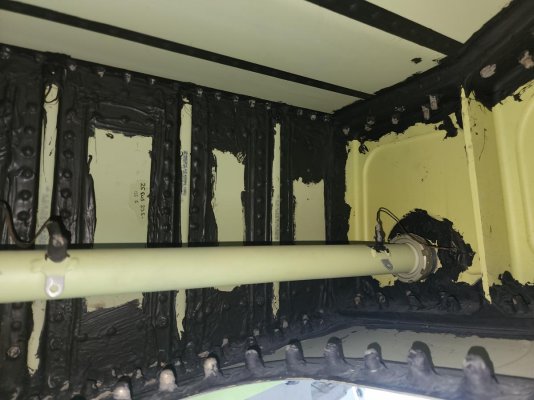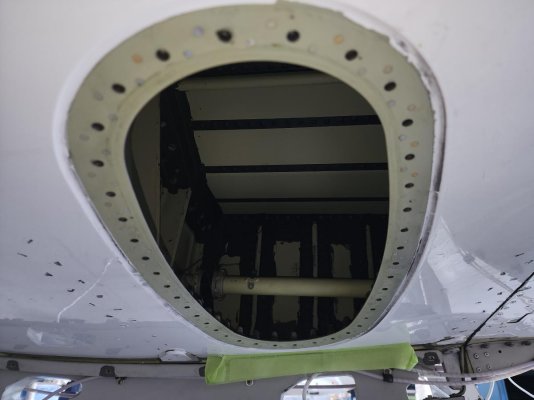Propnut
Senior Member
4 year old fuel tanks that were built by a so called professional tank builder.Here's what i found when i opened the inspection ports.
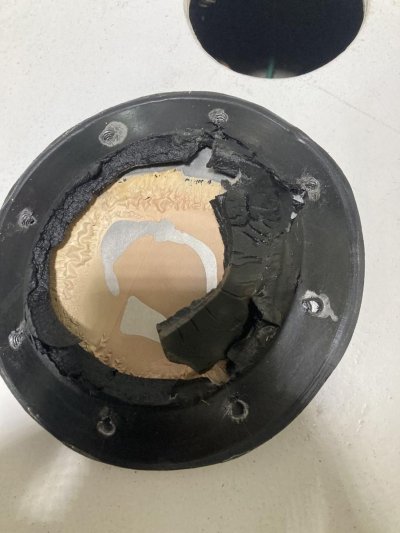
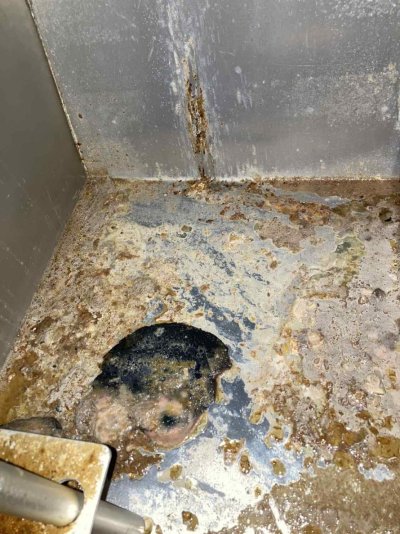
t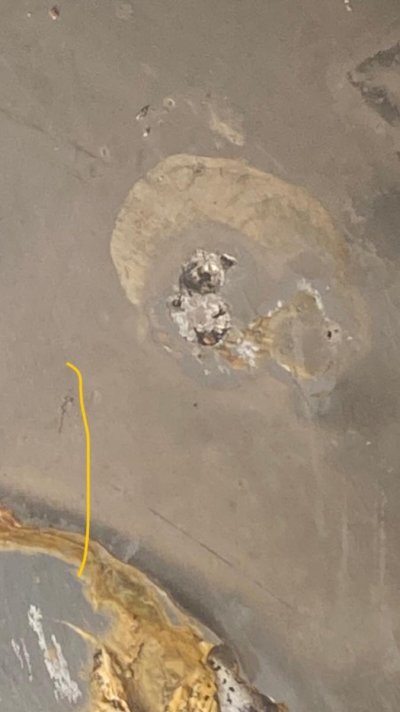
They used gasket material that was not compatible with diesel. You can see the gasket material in the bottom of the tank. It turned to mush. Now look at the pit in the bottom of the aluminum tank.
Has anyone ever seen a tank pit like this in 4 years? 200 hrs on the boat since the tanks were installed. So now I'm faced with pulling a new engine back out four years later to get the the tanks back out and put new tanks in. Any suggestions on the best tank builder on the east coast? I'm in North Carolina. When i contacted the builder, he said the gasket supplier must have sent him the wrong material. I think his aluminum supplier must have sent him the wrong aluminum as well. If crying would help, I'd boo hoo, but there's nothing to do but replace the tanks.


t

They used gasket material that was not compatible with diesel. You can see the gasket material in the bottom of the tank. It turned to mush. Now look at the pit in the bottom of the aluminum tank.
Has anyone ever seen a tank pit like this in 4 years? 200 hrs on the boat since the tanks were installed. So now I'm faced with pulling a new engine back out four years later to get the the tanks back out and put new tanks in. Any suggestions on the best tank builder on the east coast? I'm in North Carolina. When i contacted the builder, he said the gasket supplier must have sent him the wrong material. I think his aluminum supplier must have sent him the wrong aluminum as well. If crying would help, I'd boo hoo, but there's nothing to do but replace the tanks.

